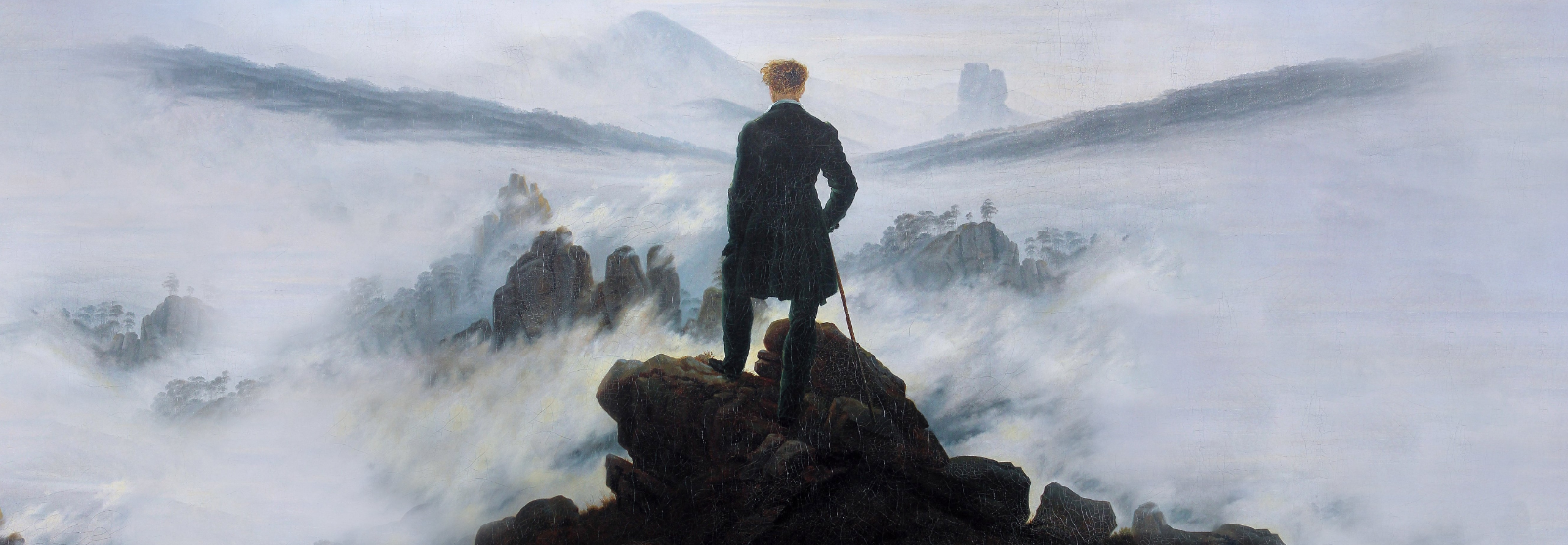Also known as “the book that cant be read,” the Voynich Manuscript is by far the creepiest ancient book ever discovered. Within the manuscript are images of ominous plants, astronomical diagrams and scenes of communal bathing in a dense green liquid. And if that is not mysterious enough, the diagrams are surrounded by text in a indecipherable language even too difficult to decode by the modern worlds best cryptographers.
Theorized to be a manual on alchemy, a medical journal, or even a hoax designed to make money; this book has been obsessed over by many brilliant minds. Linguists and cryptographers from around the world have tried, including code-breakers from both WWI and WWII, but none have been able to provide a convincing translation. And so, from this unbreakable reputation, the erie manuscript has become the holy grail of decryption.
Language experts do agree that the structure of the writing is indicative of a coherent language as it reads from right to left, and even a few of the “letters” are similar to modern writing.
However, decoding the manuscript is very difficult because it seems to not have stemmed from any other known language and there is no artifact like the Rosseta Stone that be used to draw similarities. Thus, linguists are forced to try to decode this language from the manuscript alone. (a feat similar to the decoding of ancient Mayan)
The history of the book is similarly clouded in mystery. Carbon dating puts the creation of the book in the early 1400’s and due to the materials used it is believed to have european origin. Although, the first written history of the book comes in the early 1600’s. A small handwritten note in the cover records that the Holy Roman Emperor Rudolf II purchased the book for 600 gold ducats. The note also points to the eccentric Roger Bacon as the presumed author, but there are many doubters (even by the notes author) that believe that Bacon’s associate John Dee surely would have documented its sale.
Nevertheless, the book finally made it into the hands of the man that gave it its name, Wilrid Voynich. It might be deemed suspicious that the Polish born Voynich was a rare book dealer and very capable of forging a book so full of mystery to warrant a high price.
A fairly common practice among forgers and cryptographers was using a device called a cardan grille. The device is simply a card with holes in it that can be laid over a text of actual language. By combining the letters showing through the holes, a forger can create a text with no pattern that resembles a actual language. Using this method along with a large amount of creepy diagrams, Voynich could have forged this book fairly easily.
However, it could just be that rare books often find their way into the hands of rare book dealers….







Leave A Comment